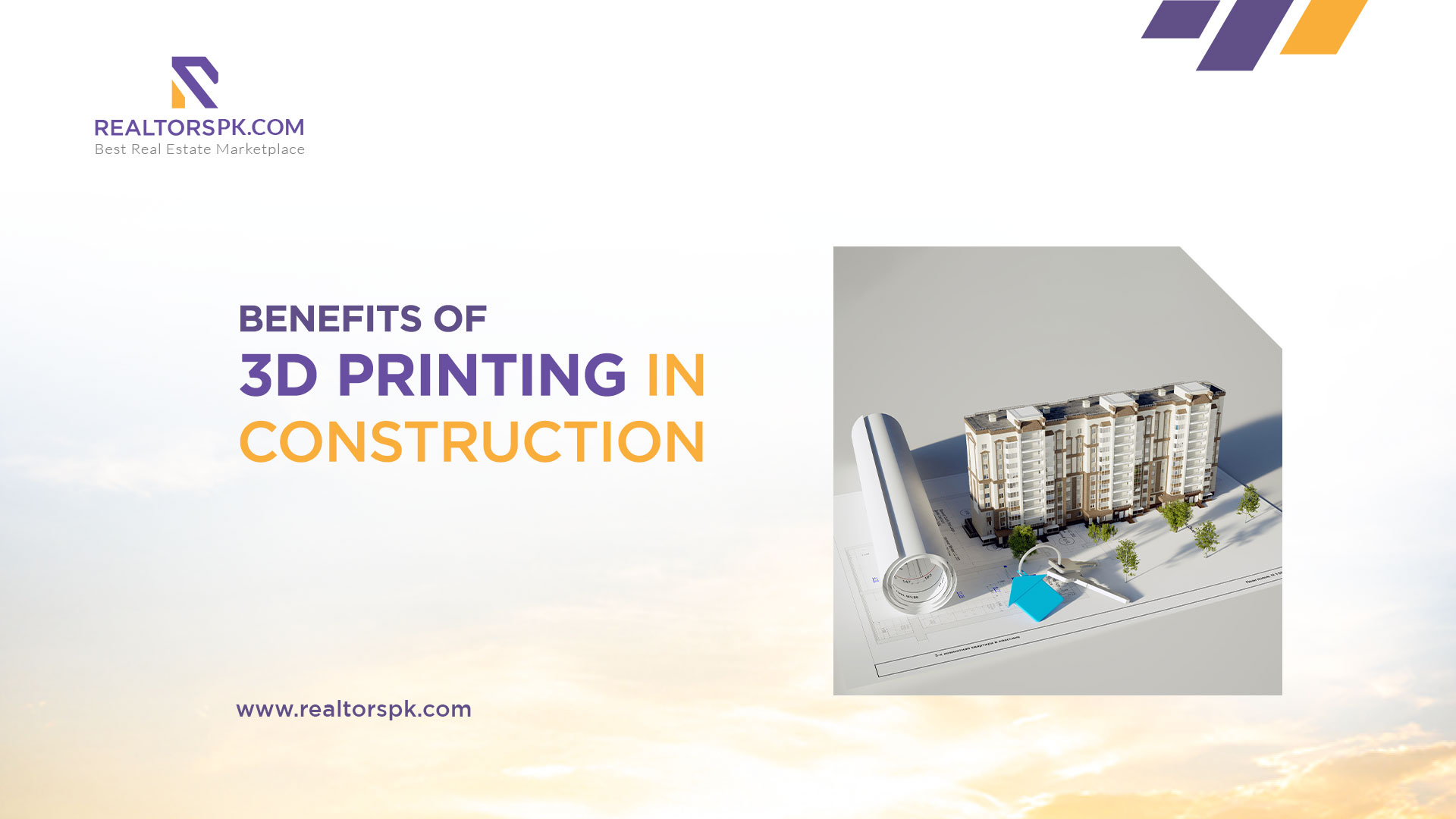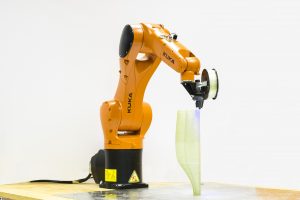3D Printing was introduced in the last decades of the 20th century, and soon, it became a big buzz of time – and for all the good reasons. Imagine a building that is manifested entirely from automation from scratch till the end. It seemed like a fascinating idea and a beautiful dream before a couple of decades. Still, now it is no longer in theory. Checkout the blog for different types of balconies for your home.
Now 3D Printing is shaping the landscape of the real estate industry along with new technologies and practices in the construction sector. Initially, 3D printing was only used to develop product prototyping purposes. However, now it has become a game changer and a crucial part of various real estate industry sectors.
We can say that technology has penetrated deep into the industry and creating wonders in the construction sector worldwide. 3D printers can now print building walls, process cement, and reshape the general construction procedure. In the beginning, 3D printing looks like a fleeting trend. Still, it has already made waves in the sector and reshaped the future of real estate.
Realtorspk.com is here to discuss 3D printing in the construction industry, how it works, what the latest versions are implemented in buildings, its benefits, and much more. So, Let’s get started!
History of 3D Printing
The roots of amazing 3D printing date back to the 1980s, when it was used with Stereolithography (SLA). SLA is additive technology and one of the renowned 3D printing technologies. Also checkout Best Interior Design Ideas for Your Home Decor.
3D printing was used to provide prototype parts accurately and quickly at the start. However, with the improvement in the additive process, the use of 3D printing started to expand. The method was commonly used by architectural firms to build scale models before Building Information Modeling (BIM) became popular. Gradually it was administrated in various construction sectors.
Growth of 3D Printing in Construction
The growth of 3D printing has been viable for the last couple of decades. For instance, 2004 is considered the first 3D printing entry into the construction industry.
It happened after a USC professed tried to print an entire wall. 2016 is considered a year of major breakthroughs for 3D orienting worldwide. Dubai Future Foundation built its office by using 3D Printing. Also read out Tips to maintain House Foundation
The market of respective technology is growing very fast, and it is expected that in 2024 it will reach 1.5 billion USD.
How Does 3D Printing Work in the Construction Industry?
Let’s look at how 3D printing works in the construction industry.3D Printers principle in the construction is as follows;
- The special mixture is extruded layer-by-layer, following a specific three-dimensional computer model.
- Afterward, the prepared mixture, including; cement, plasticizer, filler, and other additives, are loaded into the storage/hopper of the device and laid into the printhead.
- Then the mixture is applied to prior printed layers or the site’s surface.
- The 3D printers used in the construction work on the above-mentioned principle. Mostly three types of devices are used in it.
1. Gantry 3D printers
These are frames of construction, printheads, and gantries. The equipment helps to print buildings partially or entirely.
2. Delta Devices
These devices are free of these 3-dimensional guides and able to print complex shapes. The printhead is suspended at the point of levers that are attached to vertical guides.
3. Robotic Printers
These are the printers/robots/system of robots, such as industrial equipment equipped with devices that can be controlled by a computer/ system.
- There are various methods of 3D printing in the construction industry, such as; D-Shape equipment prints by spreading a layer with bonding and powder material via adhesive solution.
Significance of Construction 3D Printing on Real Estate:
Here are a few significances of 3D Printing in the construction Industry.
1. Construction Sector Automation
3D Printing has opened a new era in the real estate industry of Pakistan. It has minimized the risks associated with construction through effective implementation and resource management. Worldwide the construction sector adds 9 % to the GDP; however, with the complete incorporation of 3D Printing, the share will rise. Most importantly, 3D Printing can reduce construction waste from 30% to 60 % overall.
2. Economical Housing
One of the most important features of 3D printing is the provision of economical housing. With the reduction of construction waste, the cost of the construction of the houses will automatically reduce to 30 % to 60 %.
Therefore, 3D printing can play a vital role in overcoming the housing deficit in Pakistan and other developing countries. It will also increase the reach of middle-class people to owning real estate.
China is one of the biggest examples of constructing a house for less than 5000 USD using 3D Technology.
3. Time Effectiveness
Completing real estate projects on time and delivering the top-notch building enhances the credibility and authenticity of any construction firm. The 3D printing usage reduces the timelines of the projects and gives the construction companies a clear edge over the competitors.
Most importantly, when construction is completed in a short time, businesses can start and bloom in the minimum time possible.
4. Complex Design Implementation
With the use of 3D printing in construction, implementing complex designs has become easy. It will open a gateway to more innovative designs, as architects can introduce new patterns.
5. Increase Efficiency
3D Printing has increased the efficiency of the entire procedure of construction. Dubai has one of the biggest examples of 3D Printing construction, where the world’s largest building was developed by 3D Technology, where less material was used and reduced the construction waste by 60%.
Moreover, in the construction of a building, the labor used was half the number of people used in the conventional way of construction.
6. Minimum Carbon Emissions
3D printing helps to reduce carbon emissions in the construction industry. We can easily state that technology is helping to reduce carbon footprints and leave a positive impact on the environment.
Conclusion
3D Printing is revolutionizing the construction industry. We hope that this blog will be helpful to you in understanding the latest technology better.
Read More:











